Paris undeniably holds iconic status among world cities, but for many visitors, the reality often falls short of expectations. Overcrowded attractions, tourist traps, and thenotorious “Paris syndrome” leave many travelers wondering if they’ve missed the authentic French experience.
Fortunately, France offers extraordinary depth beyond its capital—from charming villages to vibrant regional cities, each with distinctive character and considerably fewer selfie sticks to navigate around. Here is a list of 20 fantastic French destinations that offer authentic experiences, spectacular beauty, and cultural richness without the drawbacks of the over-touristed capital.
Lyon
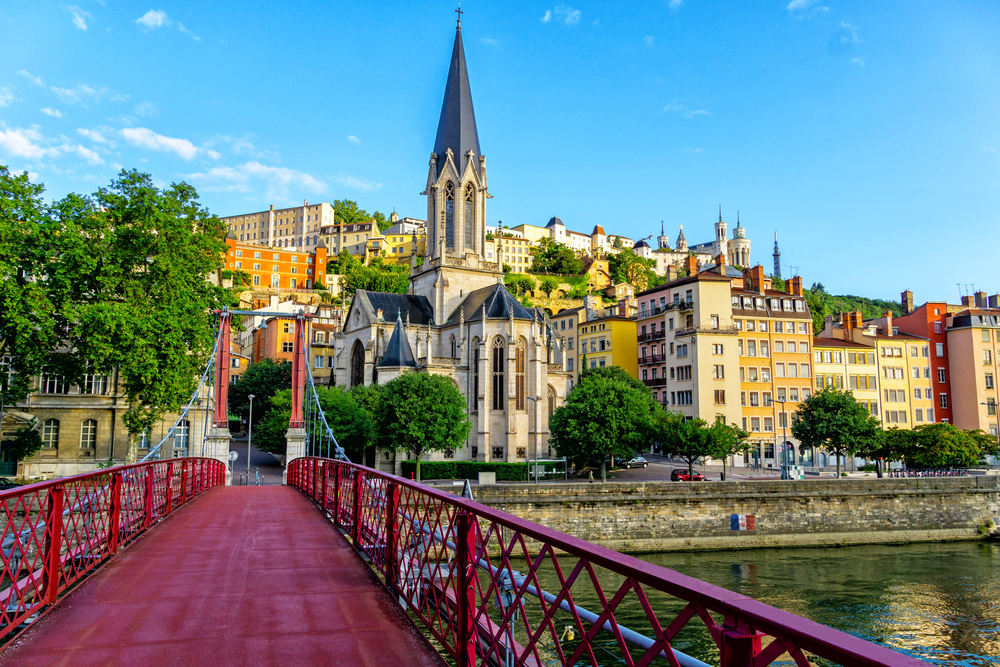
France’s gastronomic capital offers culinary experiences that many consider superior to Paris. Set against a backdrop of Renaissance architecture and contemporary urban design, the city’s traboules (hidden passageways) create atmospheric shortcuts through historic buildings, while the revitalized riverfront areas provide perfect settings for evening strolls.
Lyon balances impressive cultural institutions with authentic neighborhood life, offering visitors a more manageable yet equally sophisticated French urban experience.
Annecy
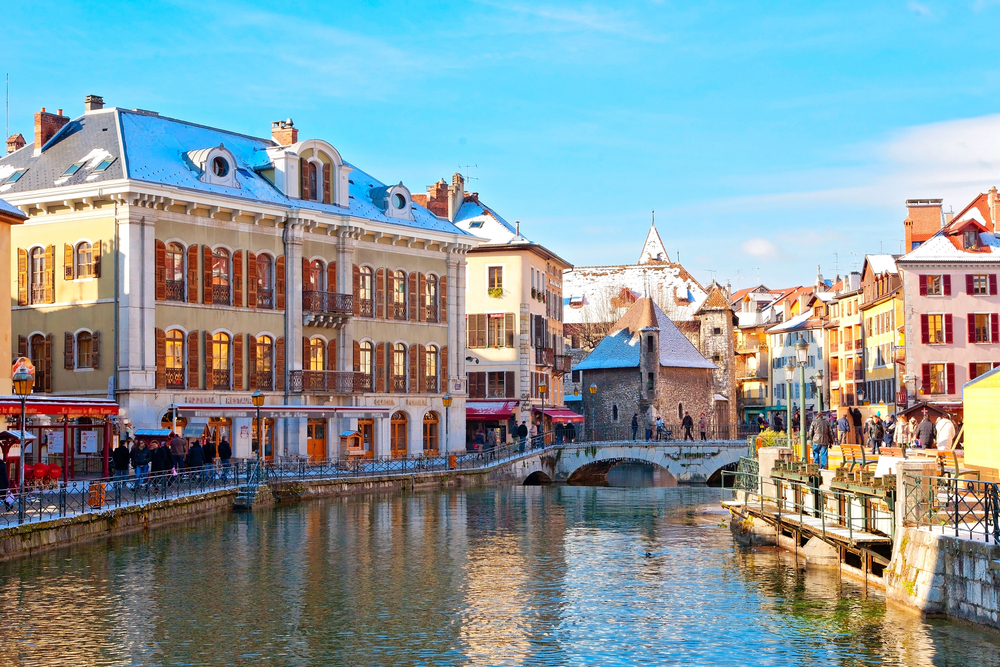
Often called the “Venice of the Alps,” Annecy combines pristine lake waters with a perfectly preserved medieval old town. Canals wind through the historic center, creating postcard-worthy vistas framed by Alpine peaks in the background.
The city’s markets showcase Savoyard culinary specialties, while the surrounding mountains offer excellent hiking and winter sports. Despite its obvious beauty, Annecy maintains an authentic local character distinct from purely tourist-oriented destinations.
Like Travel Pug’s content? Follow us on MSN.
Bordeaux
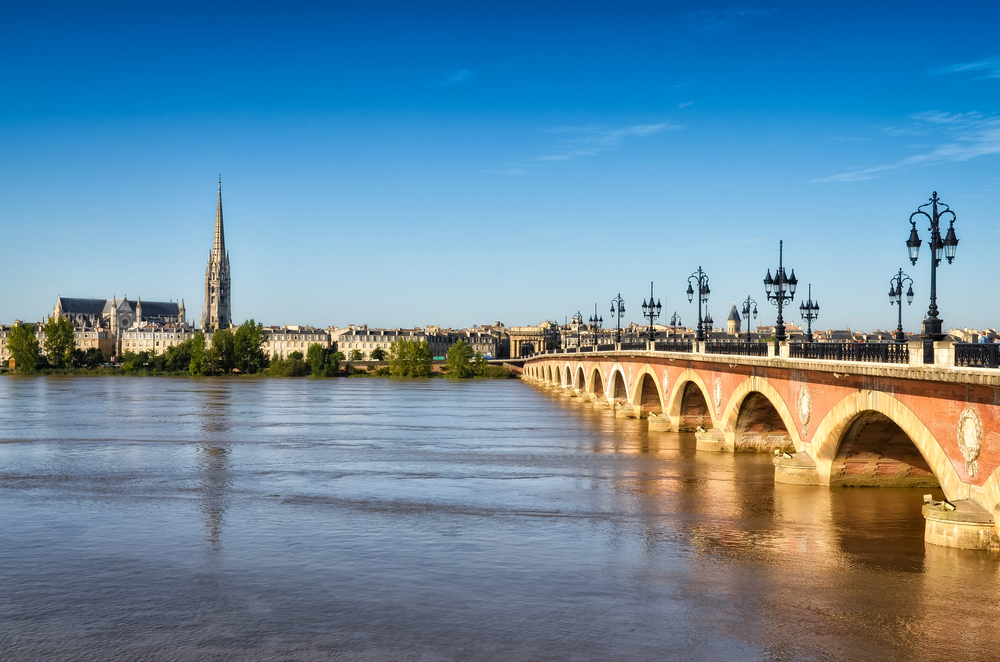
This elegant city has transformed from a sleepy wine capital to a vibrant cultural destination while maintaining its architectural harmony. Bordeaux’s UNESCO-listed center features impressive 18th-century buildings that form France’s largest urban World Heritage site.
The revitalized Garonne riverfront creates pleasant public spaces, while the spectacular wine museum, La Cité du Vin offers interactive exploration of viniculture. The surrounding wine regions provide easy access to world-famous châteaux through scenic countryside.
Strasbourg
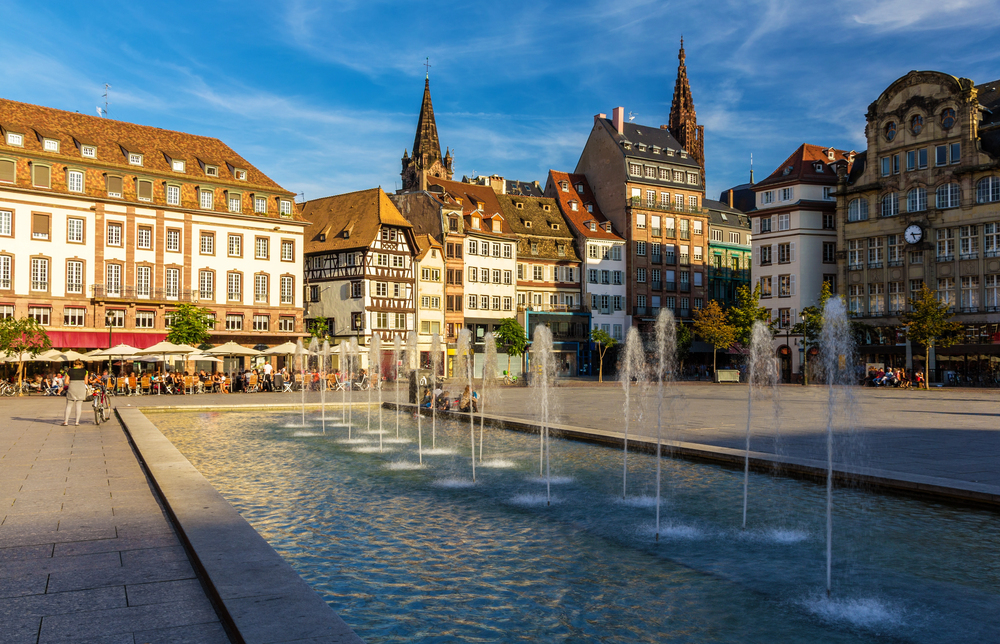
The capital of Alsace showcases a unique cultural blend where French and German influences create distinctive architecture, cuisine, and traditions. The city’s cathedral stands among Europe’s finest Gothic structures, while the picturesque Petite France quarter features half-timbered buildings alongside peaceful canals.
Strasbourg’s role in hosting European institutions adds contemporary significance to its historic setting. The surrounding wine route connects charming villages with exceptional culinary traditions.
Marseille

France’s oldest city and second-largest urban area offers Mediterranean vibrancy with multicultural energy unlike anywhere else in the country. The renovated Vieux Port serves as the city’s heart, surrounded by historic quarters being thoughtfully revitalized.
Marseille’s Calanques—dramatic limestone cliffs and hidden coves—provide natural spectacles within the city limits. The culinary scene ranges from bouillabaisse to North African influences, reflecting the port city’s historical connections across the Mediterranean.
Like Travel Pug’s content? Follow us on MSN.
Dijon

The historic capital of Burgundy offers exceptional architecture, renowned gastronomy, and convenient access to some of the world’s most famous vineyards. Dijon’s remarkably well-preserved medieval and Renaissance center features distinctive polychrome roofs and impressive religious buildings.
The city’s exceptional food market provides direct access to regional specialties, while the surrounding Côte d’Or wine region attracts oenophiles from around the world. Despite these attractions, Dijon maintains an authentic everyday life rather than existing primarily for tourism.
Toulouse
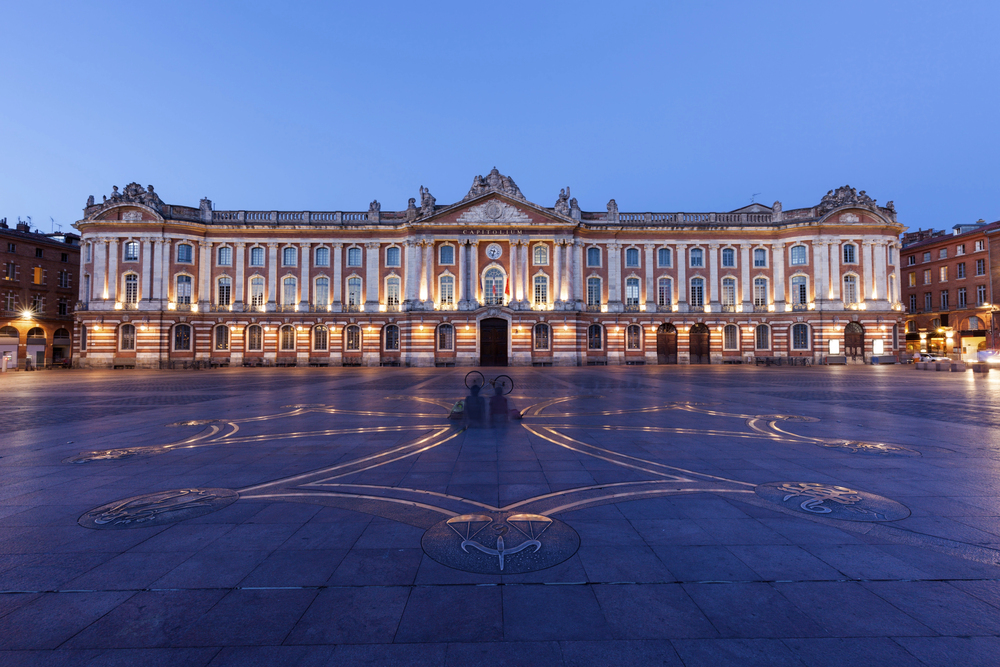
Known as “La Ville Rose” for its distinctive pink terracotta buildings, Toulouse combines the southern French lifestyle with intellectual energy from its large student population. The city’s aerospace industry creates a forward-looking atmosphere alongside well-preserved historic architecture.
Toulouse’s location near the Pyrenees offers easy access to mountain landscapes, while the Canal du Midi provides gentle routes for cycling or barge excursions. The southwestern cuisine features cassoulet and excellent charcuterie, distinct from Parisian fare.
Colmar
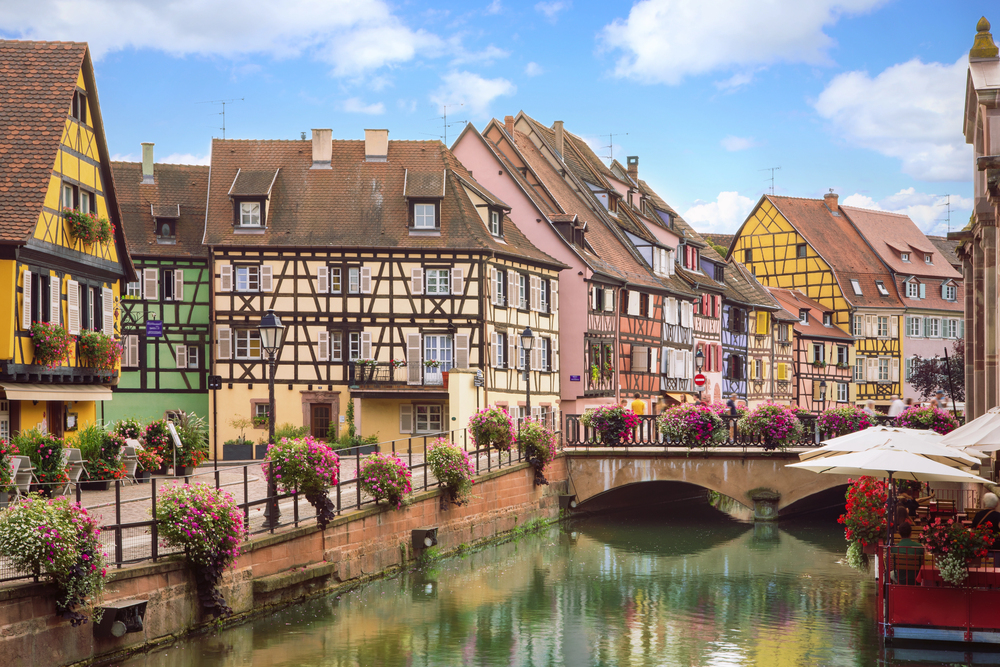
This exceptionally well-preserved Alsatian town showcases colorful half-timbered buildings reflected in peaceful canals, creating scenes that inspire the setting for animated films. Colmar’s manageable size allows comprehensive exploration on foot, while its location on the Alsatian wine route provides access to distinctive white wine traditions.
Despite the obvious visual appeal, the town maintains authentic functions beyond tourism, with longstanding markets and local industries. The Unterlinden Museum houses masterpieces, including the Isenheim Altarpiece, in a former convent
Like Travel Pug’s content? Follow us on MSN..
Aix-en-Provence

This elegant southern city combines stately Baroque architecture with vibrant street life animated by its substantial student population. Aix’s tree-lined boulevards and countless fountains create pleasant urban spaces perfect for practicing the art of flânerie (purposeful wandering).
The city’s compact historic center contains impressive mansions built for parliament members during the 17th and 18th centuries. Nearby landscapes inspired Cézanne’s revolutionary approach to painting, creating pilgrimage sites for art enthusiasts.
Nantes
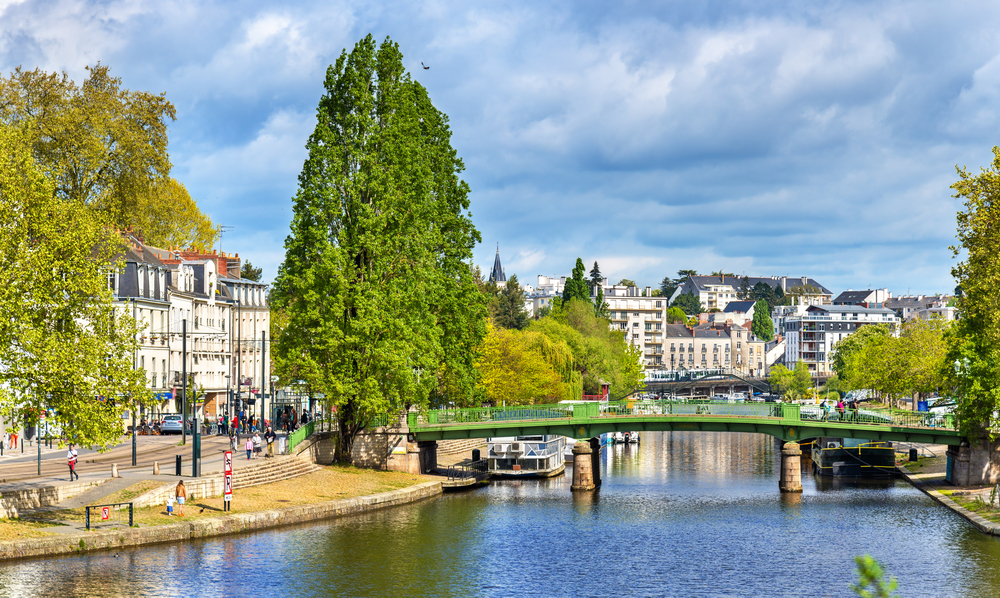
The historic capital of Brittany has reinvented itself through innovative urban projects that transform industrial heritage into creative public spaces. The city’s mechanical elephant and other fantastic creations from Les Machines de l’île represent unique attractions, unlike anything in Paris.
Nantes balances these contemporary elements with a well-preserved historic center and château. The city’s seafood traditions and Muscadet wines provide distinctive culinary experiences reflecting its Atlantic coastal identity.
Menton
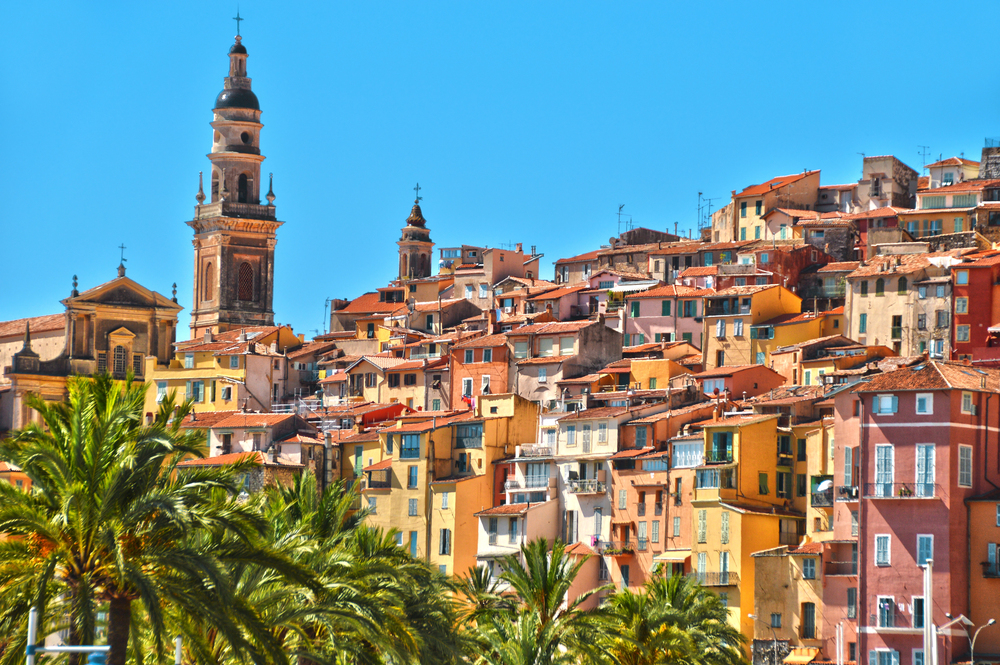
The easternmost town on the French Riviera offers Mediterranean charm without the pretension or prices of better-known coastal resorts. Menton’s exceptional microclimate allows citrus cultivation, which is prominently featured in local cuisine and the annual lemon festival.
The old town cascades down hillsides in pastel colors toward two perfect bays. Italian influence creates a distinctive cultural character due to the town’s position directly on the border.
The remarkable Jardin Val Rahmeh and other gardens showcase exotic plants that thrive in the protected setting.
Like Travel Pug’s content? Follow us on MSN.
Nancy

This elegant city in eastern France features France’s finest collection of Art Nouveau architecture alongside an exceptional 18th-century UNESCO-listed central square. Nancy’s connection to the École de Nancy movement created extraordinary buildings, furniture, and decorative arts that fill the city’s museums and streets.
The city maintains its authentic function as a regional capital rather than primarily being used for tourism. Distinctive local specialties include macarons entirely unlike the Parisian variety and exceptional quiche Lorraine from its native region.
La Rochelle

This historic Atlantic port combines maritime heritage with exceptional seafood and easy access to idyllic islands. La Rochelle’s old harbor features iconic medieval towers guarding the entrance to a lively waterfront district—the city’s pioneer environmental practices include excellent public transportation, and France’s largest urban car-free area.
Nearby, Île de Ré offers cycling paths through salt marshes and charming villages, while Île d’Oléron provides authentic oyster farming communities and magnificent beaches.
Troyes
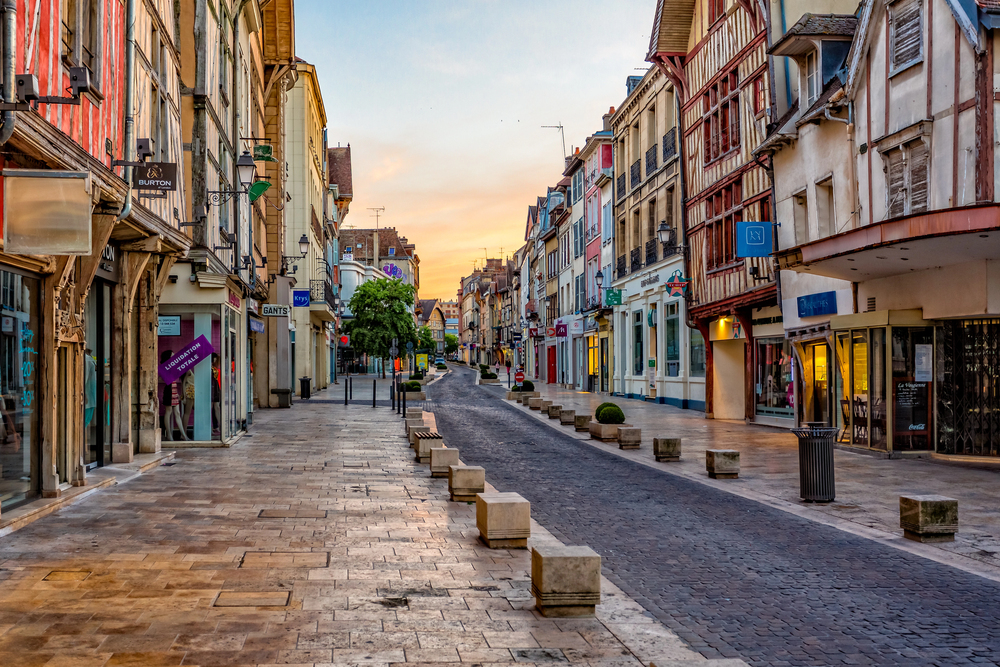
The historic capital of Champagne features an exceptional concentration of half-timbered buildings, creating a medieval atmosphere rarely found so intact elsewhere. Troyes’ old town follows the distinctive shape of a champagne cork when viewed from above, with narrow streets opening to charming small squares.
The city’s outlet shopping attracts French visitors rather than international tourists, keeping the atmosphere authentically local. The surrounding Champagne region offers cellar tours that are considerably less commercialized than those closer to Paris.
Like Travel Pug’s content? Follow us on MSN.
Perpignan
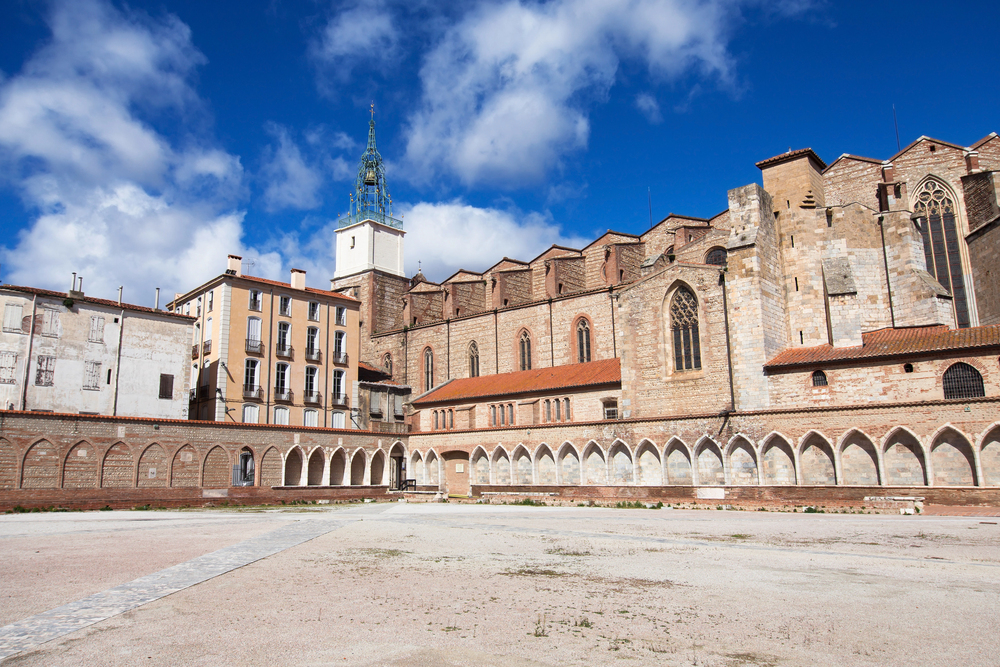
This Catalan-influenced city near the Spanish border offers a distinctive cultural character unlike anywhere else in France. Perpignan’s historic center features narrow streets leading to pleasant squares shaded by plane trees where locals play pétanque.
The imposing Palace of the Kings of Mallorca provides panoramic views across terracotta rooftops toward distant mountains. The city’s markets showcase exceptional regional produce, while nearby Mediterranean beaches remain frequented primarily by locals rather than international tourists.
Besançon

Nestled within an oxbow of the Doubs River and surrounded by impressive fortifications designed by Vauban, Besançon offers a remarkable architectural heritage with minimal tourism development. The city served as a major watchmaking center, reflected in its excellent horological museum housed within a UNESCO-listed citadel.
Besançon’s location near the Swiss border creates distinctive cultural and culinary traditions blending French and Alpine influences. The surrounding Jura region offers exceptional hiking through limestone landscapes and distinctive wine traditions.
Tours
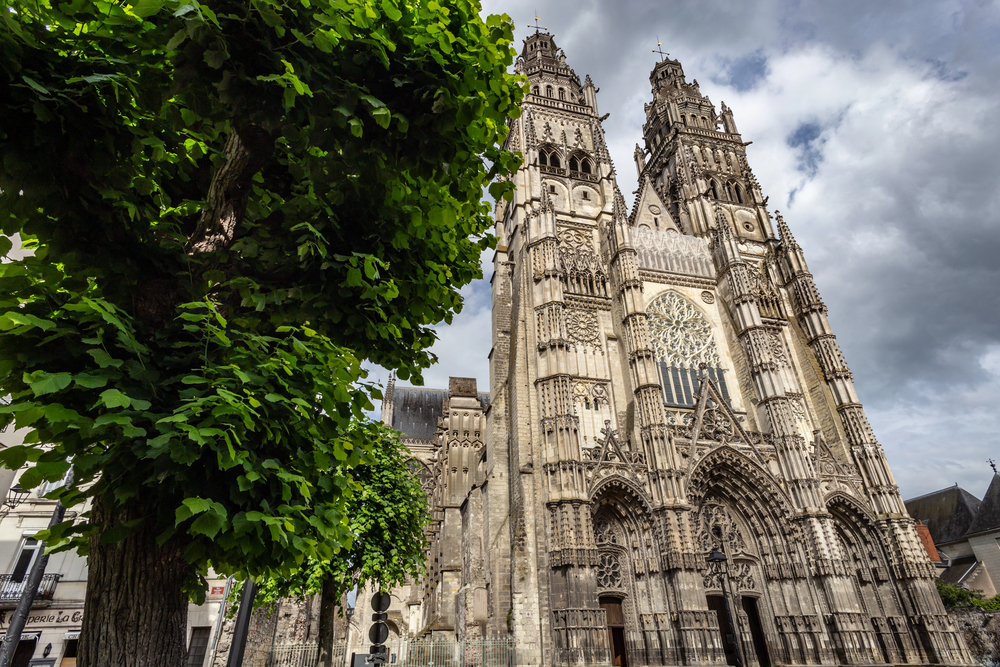
The principal city of the Loire Valley provides perfect access to the region’s famous châteaux while offering authentic urban experiences beyond tourism. Tours’ well-preserved old town centers on Place Plumereau, surrounded by restored half-timbered buildings housing restaurants and cafés frequented by locals.
The city’s location between two rivers creates pleasant urban landscapes with excellent cycling paths. Regional culinary specialties include exceptional goat cheeses and rillettes, accompanied by the Loire Valley’s diverse wine traditions.
Like Travel Pug’s content? Follow us on MSN.
Lille

France’s northernmost major city showcases Flemish influence through distinctive architecture and culinary traditions, unlike those found elsewhere in the country. Lille’s transformation from an industrial center to a cultural destination created vibrant neighborhoods from former factory districts.
The city hosts one of Europe’s largest flea markets annually, attracting visitors from neighboring countries. Distinctive local specialties include Welsh (a beer-based cheese dish) and excellent craft beer traditions reflecting the city’s position near Belgium.
Clermont-Ferrand
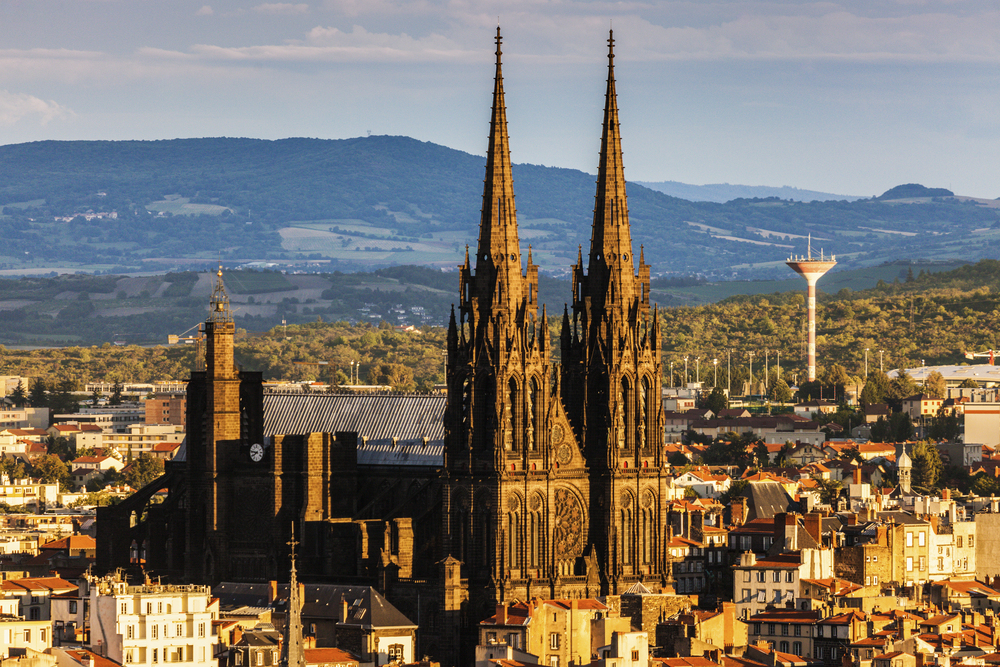
Surrounded by ancient volcanoes, this central French city offers dramatic settings and distinctive black lava stone architecture. Clermont-Ferrand’s Gothic cathedral, built from volcanic rock, is a uniquely dark yet magnificent landmark.
The city hosts one of the world’s premier short film festivals while maintaining authentic regional character. The surrounding Auvergne region offers exceptional hiking through volcanic landscapes and distinctive cheese traditions, including Saint-Nectaire and Cantal, which are produced on mountain farms.
Avignon

Famous for its massive papal palace and broken bridge, Avignon offers medieval splendor surrounded by impressive stone ramparts. The city’s performing arts festival transforms the entire center into a creative space each summer.
Avignon’s pedestrian streets and pleasant squares create perfect settings for outdoor dining featuring Provençal specialties. The surrounding landscapes include the Abbey of Sénanque amid lavender fields and picturesque villages perched on hillsides throughout the Luberon region.
Like Travel Pug’s content? Follow us on MSN.
Beyond the Eiffel Tower

These destinations represent merely a sampling of France’s incredible diversity beyond its capital. By venturing beyond Paris, travelers discover more authentic connections with local cultures, distinctive regional cuisines, and architectural treasures without the frustrations of overtourism.
The true French experience embraces this regional diversity—from Alpine villages to Mediterranean coastlines, from Atlantic harbors to vineyard-covered hillsides. In these places, visitors often find the authentic charm, culinary excellence, and cultural sophistication they initially sought in Paris, but with warmer welcomes and more genuine encounters.
More from Travel Pug

- Cities Growing so Fast You Won’t Recognize Them in 10 Years
- 13 Destinations Where Tourists Regularly Regret Their Trip
- 20 Obscure WWII Sites Even History Buffs Don’t Know About
- 10 Under-the-Radar Mountain Towns That Are Both Affordable and Beautiful
- Remote Villages in Europe Where You Can Live for Free in Exchange for Work
Like Travel Pug’s content? Follow us on MSN.
